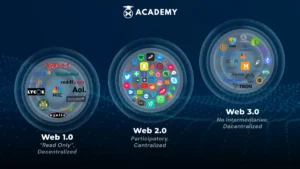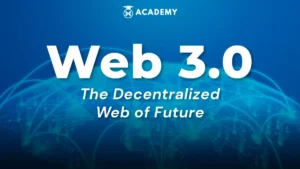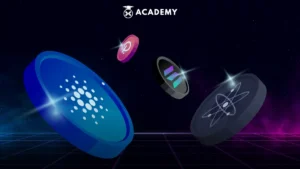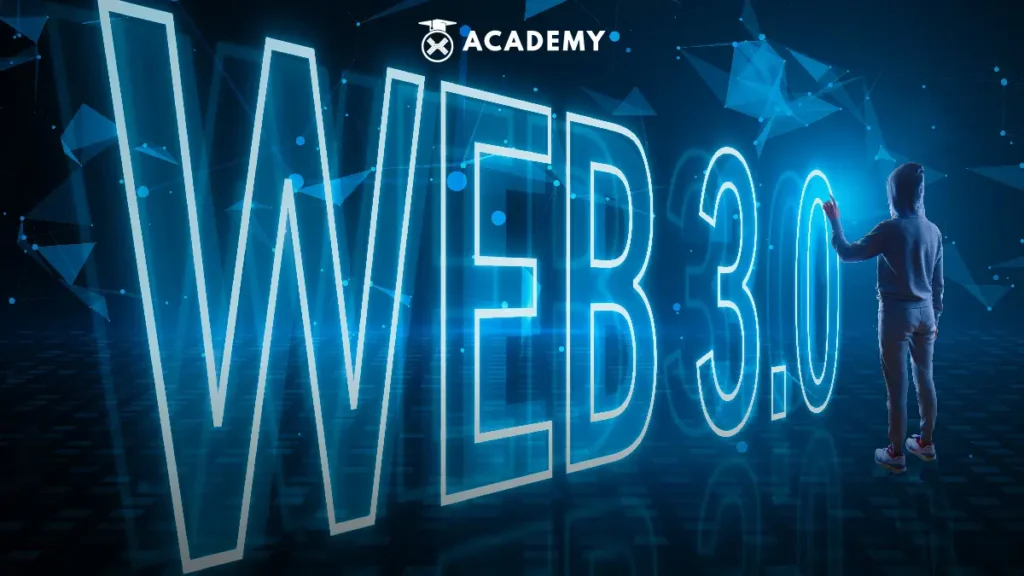Currently, the website is still using version 2.0 or below, and there is no definite time as to when Web 3.0 will be implemented.
However, many new technologies are being developed to improve website performance and user experience.
The term Web 3.0 refers to a vision of the future for the web, which includes Web 3.0, Blockchain technology, artificial intelligence, and the internet-of-things (IoT) that utilize this technology.
What is Web 3.0?
Web 3.0 is a vision for the future development of the World Wide Web (WWW), which allows data to be generally machine-readable and interconnected.
Web 3.0 is a platform for intelligent agents, which are software programs that enable users to perform tasks on their behalf to interact with and extract meaning from data on the web.
The goal of the semantic web is to enable machines to understand the context and meaning of information from the web, not just raw data.
This allows the computer to understand better the relationships and connections between different pieces of data, perform tasks and make decisions based on that understanding.
Several Blockchain and crypto projects have proposed concepts and protocols that can help realize the vision of Web 3.0, which includes decentralization, security, privacy, and transparency.
Development of the Internet

1. Web 1.0
Web 1.0, the first generation of the World Wide Web in the early 1990s, focused on creating static (read-only and consumed web pages) websites that allowed information to users but did not allow much interactivity.
2. Web 2.0
Web 2.0 was the second generation of the World Wide Web in the early 2000s, introducing more interactive and dynamic features such as social networking, user-generated content, and e-commerce.
Web 2.0 was launched on a client-server architecture that allows users (clients) to control servers such as reading and writing.
3. Web 3.0
Web 3.0 is the third generation of the World Wide Web in 2020+ which focuses on using decentralized technologies such as Blockchain.
Blockchain enables decentralized applications (DApss) that are not controlled by a third party and can function on a decentralized global network.
Web 3.0 can revolutionize various industries by increasing security, transparency, and decentralization.
Why is Web 3.0 Important?
Does Web 3.0 matter?
Web 3.0 can revolutionize various industries such as finance, supply chain, identity verification, etc.
Web 3.0 offers the potential for increased security, transparency, and decentralization, leading to a more just and efficient society.
Blockchain in decentralized identity verification can give users more control over their data.
Web 3.0 technologies have the potential to fundamentally change the way we transact with each other on the Internet.
The Future of Web 3.0

Despite the opportunities, there are certainly challenges to Web 3.0 that depend on the needs and goals of the users and organizations involved.
Some future directions and challenges for Web 3.0 are:
1. Interoperability
One of the challenges for Web 3.0 is ensuring that disparate systems and organizations can interoperate effectively.
This required developing common standards and protocols for presenting and sharing data in Web 3.0.
2. Data Quality and Trust
It is important to ensure the quality and trustworthiness of data in Web 3.0, such as its reliability and usability.
This involves developing and assessing the quality of data sources and mechanisms to address inaccuracies and errors.
3. Adoption Barriers
Web 3.0 can be successful if users and organizations widely adopt it.
Therefore, it is necessary to address barriers to adoption, such as a need for more awareness or understanding of the benefits of Web 3.0.
4. Privacy and Security
Data privacy and security in Web 3.0 is very important because it protects the rights of individual users and organizations.
This involves developing to control data access and protect against malicious data abuse attacks.
5. Social and Ethical Issues
Web 3.0 can influence aspects of society and raise various social and ethical issues such as data ownership, employment, the economy, and potential bias and discrimination.
Web 3.0 Crypto Assets

Several crypto asset projects focus on web 3.0 development and are often called web 3.0 coins. Some examples of these coins include:
1. Cardano
Cardano has its crypto asset called “ADA”.
This platform is designed to be more scalable and energy efficient than other Blockchain platforms.
Cardano is a decentralized Blockchain focused on enabling secure and scalable financial applications.
2. Cosmos
Cosmos has its crypto asset called “ATOM”.
Cosmos is a decentralized Blockchain network operated and designed to enable the creation of scalable DApss operated by decentralized finance (DeFi).
3. Polka dots
Polkadot has its cryptocurrency called “DOT”.
Polkadot is a decentralized network that creates scalable and interoperable applications and protocols.
4. Solana
Solana has its cryptocurrency called “SOL”.
Solana is a decentralized, high-performance Blockchain platform that enables the creation of scalable DApss.
Conclusion:
1. Web 3.0 is a platform for intelligent agents, namely software programs that allow performing tasks on behalf of users to interact and extract meaning from data on the web.
2. Web 3.0 technology is considered important because it has the potential to fundamentally change the way we transact with each other on the Internet.
3. Many Web 3.0 projects are actively developed and used. The features and specifics of this project will vary depending on the underlying technology and design.
In the following material, you will study and discuss other basic learning materials, namely “Decentralized Finance”.






